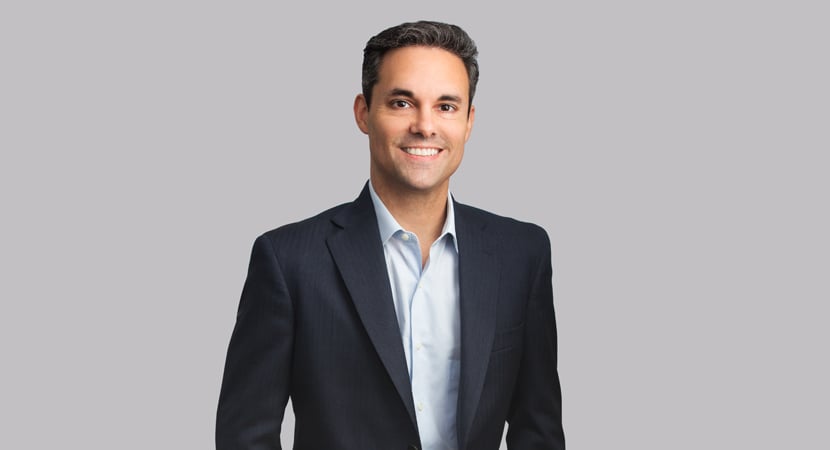Ninth Circuit affirms dismissal of photographers’ claims that Instagram’s embedding tool subjects platform to secondary copyright infringement liability where posts containing copyrighted material are embedded in third-party websites, holding claims are barred by “Server Test.”
Photographers Alexis Hunley and Matthew Brauer filed a putative class action against Instagram, LLC, alleging it was secondarily liable for infringing plaintiffs’ exclusive rights to display copyrighted photographs and videos posted to their Instagram social media accounts. Plaintiffs claimed that Instagram’s embedding tool, which enables third-party websites to display photographs or videos posted to an Instagram account, made it secondarily liable for the direct infringement occurring through such third-party display. In particular in this case, BuzzFeed embedded one of Hunley’s photographs into an article about the 2020 Black Lives Matter protests, and Time did the same in 2016 with a Brauer photograph of then-presidential candidate Hillary Clinton. Neither BuzzFeed nor Time sought a license from Hunley or Brauer for their use of the photographs, nor did the outlets seek permission from Instagram.
Instagram moved to dismiss the case, and the district court granted the motion. The court applied the “Server Test” from the Ninth Circuit’s 2007 decision in Perfect 10, Inc. v. Amazon, holding that because neither BuzzFeed nor Time stored a copy of the images on their respective servers, no underlying direct infringement existed upon which to support the secondary liability claim against Instagram. (Read our discussion of the district court’s decision here.)
On appeal to the Ninth Circuit, plaintiffs argued that Perfect 10 should not control because that case—which involved the display of unlicensed images in Google Image Search results—applies only in the context of search engines. The Ninth Circuit rejected this argument, stating that neither Perfect 10 nor any other case imposed such a limitation on the Server Test. The court wrote that its holding in Perfect 10 “relied on the ‘plain language’ of the Copyright Act and our own precedent describing when a copy is ‘fixed’ in a tangible medium of expression” and “did not rely on the unique context of a search engine.” The Ninth Circuit further noted that it had already applied Perfect 10 outside the search-engine context, including to blogs and other websites, and rejected as irrelevant plaintiffs’ observation that courts in other circuits have rejected or declined to adopt the Server Test.
Plaintiffs also argued that Perfect 10 was inconsistent with various provisions of the Copyright Act. Among other things, plaintiffs claimed that the Server Test conflates a copyright holder’s exclusive display right and exclusive reproduction right, and that after Perfect 10, an infringer must violate the reproduction right (by reproducing a copy of the image on its server) before the display right can be violated. Plaintiffs also claimed that the Server Test cannot be reconciled with provisions of the Copyright Act that prohibit transmissions by a party regardless of whether that party possesses or controls a copy of the work allegedly infringed. The Ninth Circuit rejected all these arguments. Invoking stare decisis principles, it held that “[w]hatever merit these arguments might have in other contexts, Perfect 10 states the rule for infringing the public display right using embedding,” and “we are not free to overrule Perfect 10 outside of an en banc proceeding unless there has been a change in the [Copyright Act] or an intervening Supreme Court decision.” The court rejected a similar argument by plaintiffs premised on the Copyright Act’s legislative history, stating that it had “already given the statute a definitive reading in Perfect 10, and . . . will not revisit a decision in light of materials available at the time of the decision.”
Plaintiffs pointed to the Supreme Court’s 2014 decision in American Broadcasting Company v. Aereo, arguing that it had effectively overruled Perfect 10. In that case, the Supreme Court had addressed whether Aereo, an equipment provider that allowed consumers to stream public broadcast television via the internet, infringed broadcasters’ public performance rights. It concluded that Aereo did so infringe, principally because its equipment allowed the broadcasters’ audiovisual works to be visible and audible. Plaintiffs argued that Instagram’s conduct violated the Copyright Act for similar reasons. To that, the Ninth Circuit responded that the display right and the public performance right are critically different insofar as the display right requires there to be an underlying copy, while the public performance right does not. And since the Server Test was formulated based on the display right’s requirement that there be a copy, Aereo’s holding as to the performance right had no impact on the Server Test and Perfect 10.
Plaintiffs focused on particular language in Aereo in which the Supreme Court observed that Aereo’s background processes underlying the infringement were largely irrelevant to, and not perceived by, users of the service. They argued, by analogy, that “because users perceive the same image whether the third-party website duplicates the photo on its own server or embeds the photo from Instagram, both instances should constitute direct infringement.” But the Ninth Circuit disagreed, explaining that (1) it did not view Aereo’s language regarding viewer perception as establishing a rule of decision; (2) insofar as Aereo did emphasize viewer perception, any such discussion was consistent with the Ninth Circuit’s pre-Perfect 10 law regarding user perception; and (3) even if there were a perceptibility requirement, Perfect 10’s Server Test arose from the Copyright Act’s fixation requirement, not any perceptibility requirement. Thus, the Ninth Circuit found no conflict between Aereo and Perfect 10.
Finally, the Ninth Circuit dispensed quickly with plaintiffs’ argument that the Server Test should be overturned or limited because of its policy implications, particularly the potential harms to the licensing market for photographers. Although noting that it too was “concerned with the various tensions in the law and the implications of our decisions,” the court stated, simply, “we are not the policymakers.” Plaintiffs could petition en banc to correct Perfect 10, seek further review from the Supreme Court or seek clarification from Congress, it added.
Applying the Server Test to the facts of the case, the Ninth Circuit agreed with the district court that because BuzzFeed and Time did not store a copy of the images on their respective servers, they were not directly liable for infringing plaintiffs’ exclusive display rights. And because there was no direct infringement by the media outlets, there was no secondary infringement by Instagram.
Summary prepared by Frank D’Angelo and Edward Delman
-
 Partner
Partner -
 Associate
Associate
)






